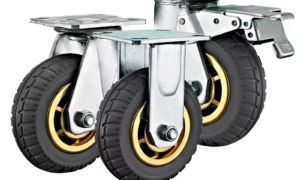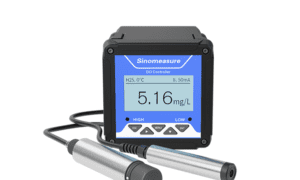Water damage can silently destroy a building’s structure, creating costly repairs and dangerous living conditions. From leaking bathrooms to damaged rooftops, moisture is an enemy that doesn’t wait for an invitation. One of the most effective ways to stop it in its tracks is by using a waterproof membrane.
Whether you’re a homeowner, builder, or renovator, understanding how waterproof membranes work — and why they’re essential — can save you time, money, and stress in the long run.
What is a Waterproof Membrane?
A waterproof membrane is a specially designed barrier that prevents water from penetrating surfaces. It’s applied to areas prone to moisture exposure — like bathrooms, balconies, rooftops, basements, and swimming pools — creating a protective shield between the surface and any water contact.
Types of Waterproof Membranes
1. Liquid-Applied Membranes
- Applied with a brush, roller, or spray.
- Forms a seamless, flexible layer when dry.
- Great for irregular surfaces and tight spaces.
2. Sheet Membranes
- Pre-formed rolls or sheets applied directly to the surface.
- Offer uniform thickness and high durability.
- Ideal for large, flat areas like rooftops and balconies.
Why Waterproof Membranes are Essential
Moisture can cause significant structural damage if left unchecked. By installing a high-quality waterproof membrane, you get:
- Moisture Protection – Stops leaks and seepage from damaging your building.
- Structural Longevity – Prevents cracking, rot, and deterioration.
- Mould Prevention – Reduces the risk of health hazards caused by dampness.
Cost Savings – Minimises future repair and maintenance expenses. - Compliance – Meets Australian building codes for wet areas.
Where Waterproof Membranes are Used
- Bathrooms & Wet Areas – Protects walls and floors from daily water exposure.
Balconies & Terraces – Shields against rainwater and pooling. - Rooftops – Acts as a barrier against heavy rainfall and UV damage.
- Basements – Blocks groundwater infiltration.
- Pools & Water Features – Prevents leaks from structures holding water.
Choosing the Right Waterproof Membrane
When selecting a membrane, consider:
- Durability – Must withstand environmental stress and building movement.
- Flexibility – Adapts to minor shifts without cracking.
- Ease of Application – Reduces labour time and installation errors.
- Compatibility – Works with your chosen tiles, flooring, or wall finishes.
- Quality & Certification – Ensure it meets Australian waterproofing standards.
For reliable and long-lasting performance, A-Tech Products offers a complete range of waterproofing membranes designed for various applications — from bathroom renovations to large-scale commercial projects.
Installation Tips for a Lasting Seal
- Prepare the Surface – Clean, smooth, and dry before application.
- Follow the Manufacturer’s Guidelines – Different membranes require different techniques.
- Seal Joints and Corners Properly – These are the most vulnerable points.
- Test for Leaks – Perform a flood test before adding final finishes.
- Maintain Regularly – Inspect periodically to ensure long-term performance.
Common Mistakes to Avoid
- Using cheap, low-quality membranes.
- Applying on damp or dusty surfaces.
- Skipping primer when necessary.
- Ignoring edges, corners, and fixtures.
Final Thoughts
A waterproof membrane isn’t just a construction add-on — it’s an essential layer of protection for any building. It ensures that water stays where it should and keeps your property safe, dry, and structurally sound for years.
Whether you’re protecting a small bathroom or a large rooftop, investing in a high-quality membrane is one of the smartest decisions you can make.



































